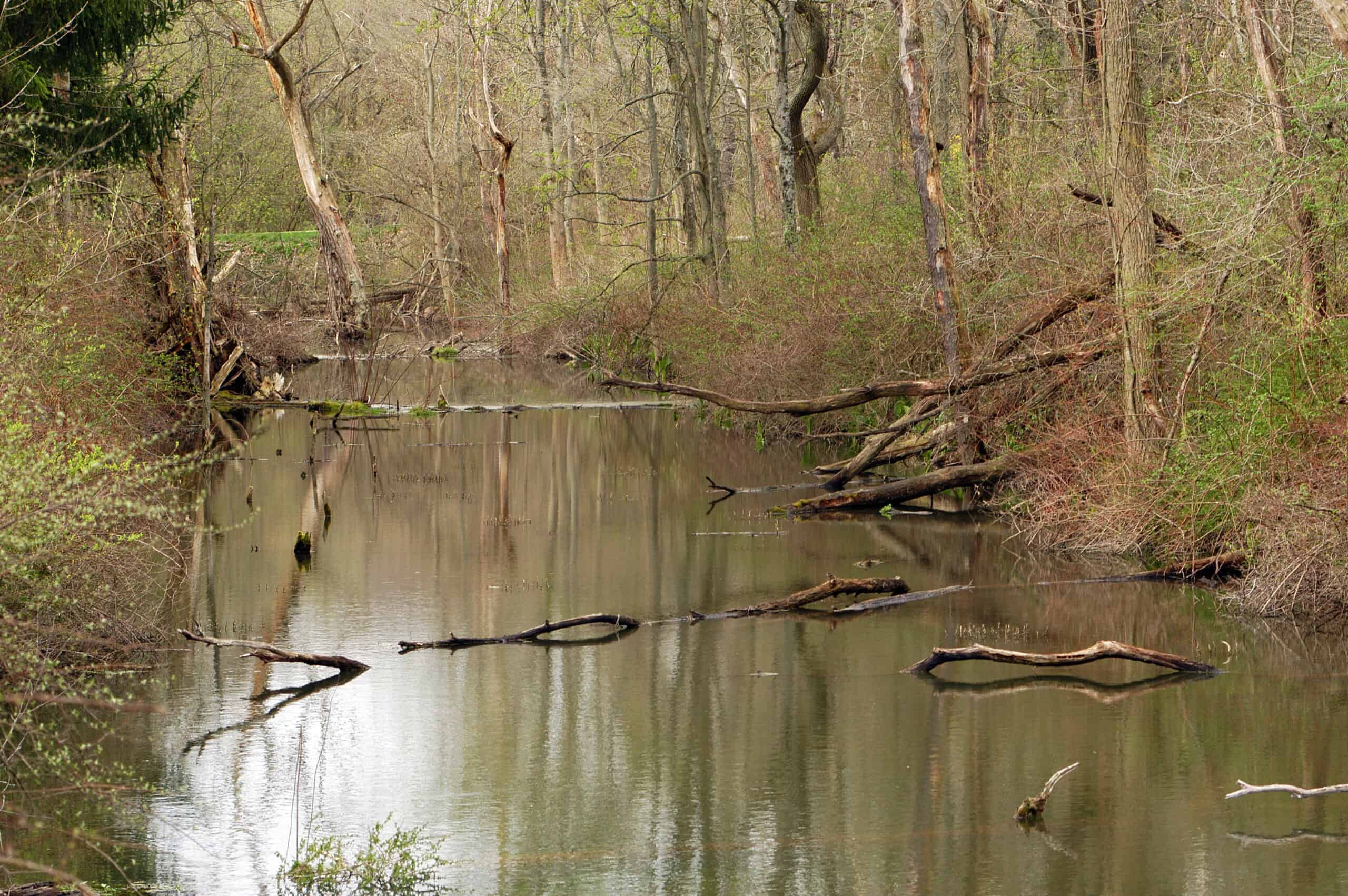You can’t really understand where we’re at today — Hendricks County, Indiana, or the United States — unless you take some time to understand how we got to this place in time. Not the Cliff (or Spark) Notes version we learn in school, but a deeper dive to discover what’s usually a fascinating story.
For example, you might remember learning Indiana is on its second Constitution. There was that 1816 version written in the shade of a Corydon tree. In 1851, in response to the state’s having gone completely broke, we adopted the second, which is still in force today. (When the General Assembly is in session, you can see both of the handwritten originals in the Statehouse rotunda. I’m fascinated by the idea of a ragtag group of pioneers coming up with a comprehensive set of laws, carefully recording every word in a bound notebook, never imagining Indiana would still be using their model 173 years later. I aspire to create something so enduring.)
So why did Indiana go broke? There were a lot of contributing factors, but the biggest by far was an enormous investment in infrastructure. To be more specific, the wrong infrastructure. The state’s leaders brushed aside the people building those wacky new railroads. I mean, who is ever going to use something as silly as a train? Indiana’s consistently conservative leaders opted instead for a proven technology: canals. They knew people would eagerly choose the safety of a canal boat over those dangerous locomotives, so they poured a fortune into building a network certain to become the world’s finest. Their bad bet led to the state’s insolvency and that second constitution.
In other words, the folks in the General Assembly and the Governor were arguing about infrastructure in the context of economic development. They were trying to make their best guess about what Indiana would look like in a matter of decades, so they could make the right decisions to lay the groundwork for whatever was inevitable. Sometimes they guessed right, sometimes wrong.
Whether it’s choosing between canals and railroads, developing a massive technology park in Boone County, or allowing wind turbines to sprout from Hendricks County farms, someone has to make the choice they believe will best serve our future. And whatever choice they make will have long-term effects on our economy and your own economic security. Here’s hoping none of those choices forces our state to adopt a third constitution.
